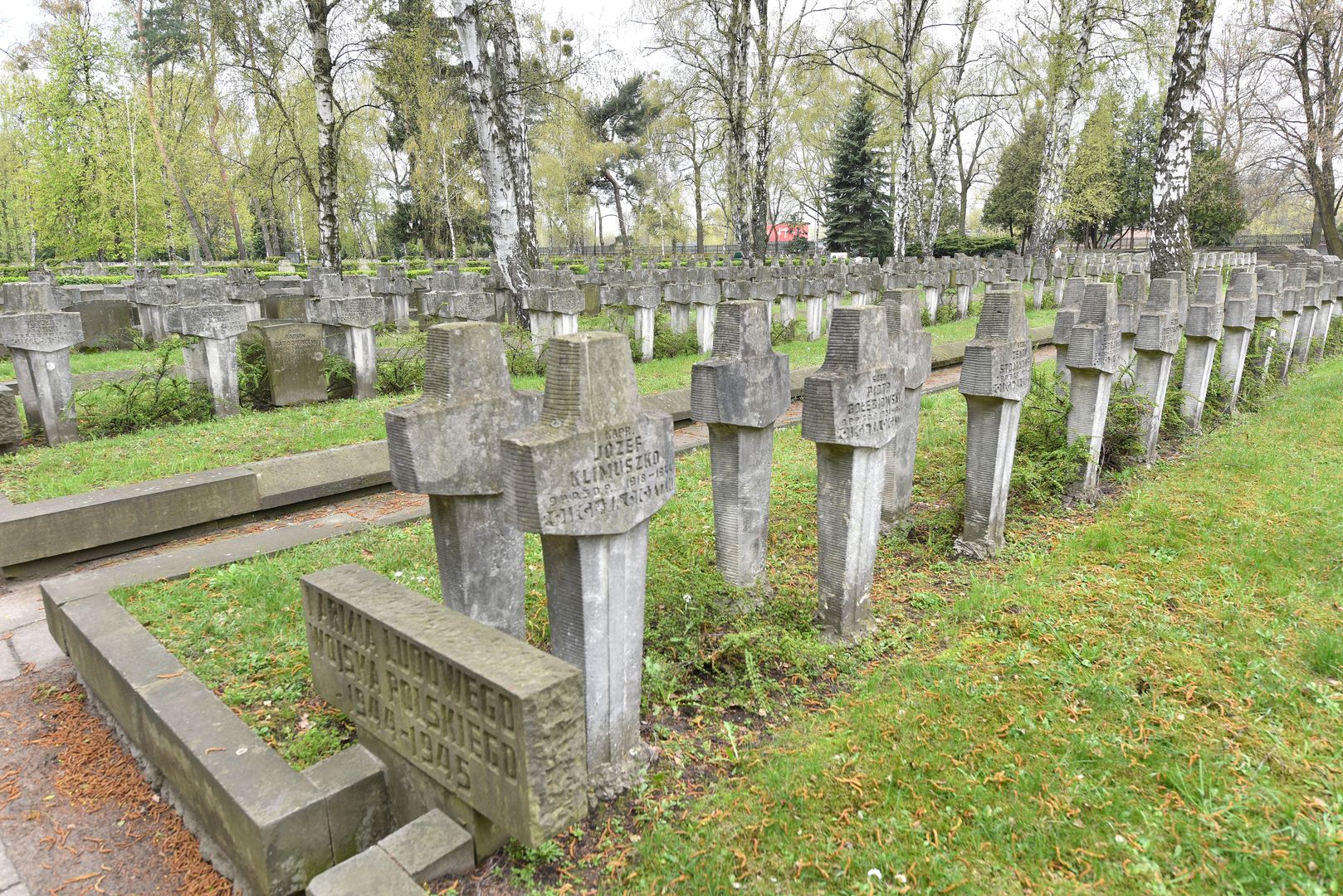Military Cemetery in Powązki
6.26

Overview
The Powązki Military Cemetery, located in Warsaw at Powązkowska Street, is a 24.3-hectare necropolis that was established in 1912 as an Orthodox cemetery for Russian soldiers. During World War I, prisoners of war of various nationalities and German soldiers were also buried here. After 1918, the cemetery came under the administration of the Field Bishop's Curia and quickly became a burial site for soldiers who died in peacetime and their families. It contains the graves of participants in national uprisings and war heroes, including victims of World War II. The cemetery also holds significant historical importance; during the defense of Warsaw in 1939, fallen soldiers were buried here, and after the war, the exhumed remains of insurgents were relocated here. Architecturally, it is distinguished by the Gloria Victis monument, unveiled in 1946, and the Avenue of the Merited, created in the 1950s. In 1941, the area was occupied by the Germans, who established a cemetery for German soldiers, which sparked controversy, especially among Poles. After World War II, the cemetery came under military administration, which facilitated its conservation. Among the cemetery's sections are special sites such as the Katyń Valley, commemorating the victims of the Katyn massacre, and the Smolensk Quarter with a monument to the victims of the 2010 disaster. The "Zośka" Scout Battalion Quarter is a memorial site for scouts who died during World War II, and its distinctive white birch crosses give it a unique charm. In 1990, the remains of German soldiers were exhumed in cooperation with the preservation of Polish burial sites. An interesting fact is that families of the deceased awarded high military honors are exempt from fees. The Powązki Military Cemetery is not only a resting place but also an important reference point for Polish national identity and historical memory.
Location
Tickets
Powered by GetYourGuide
2025 Wizytor | All Rights Reserved